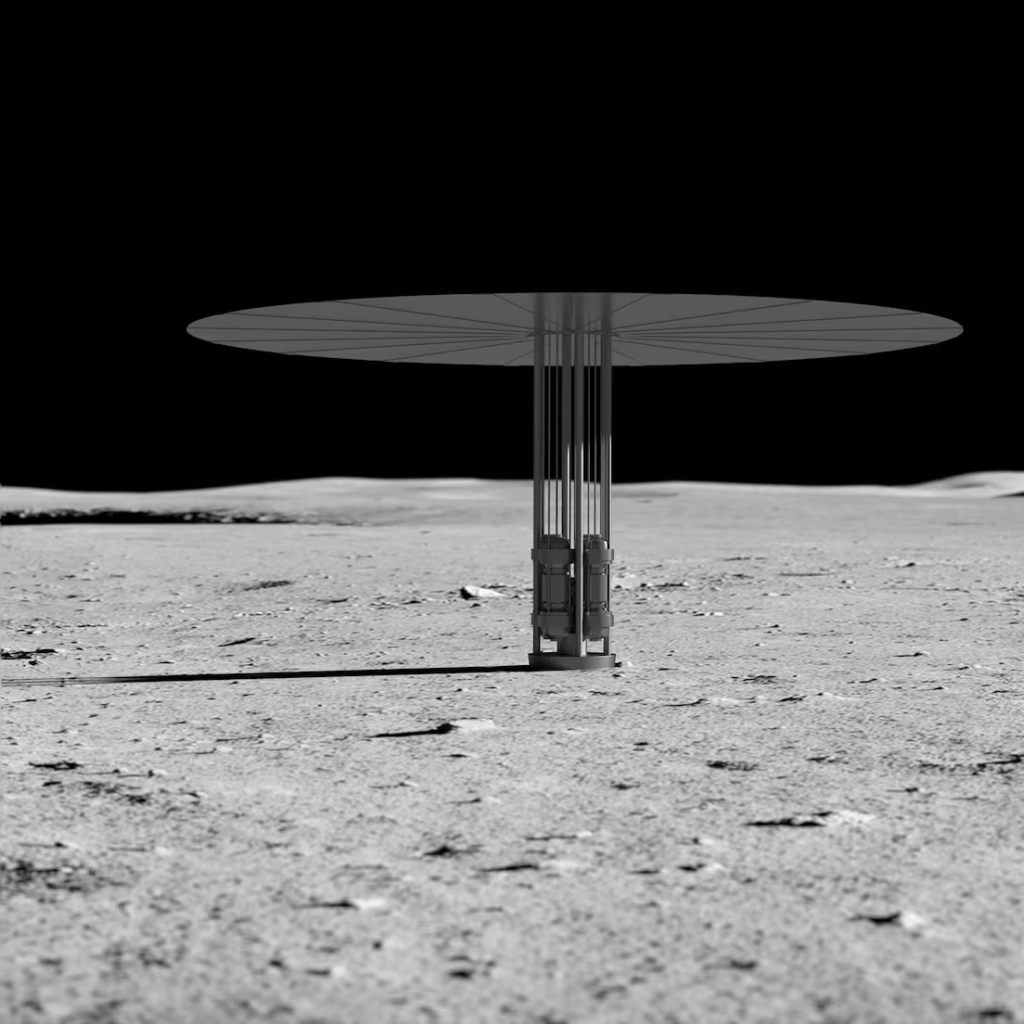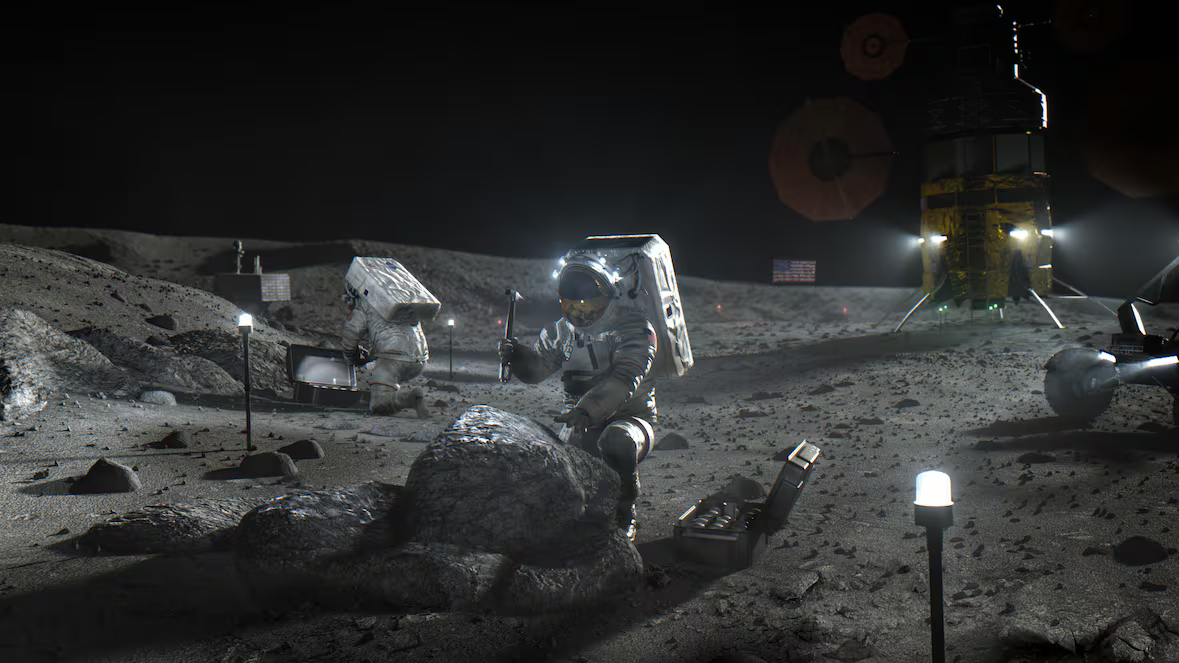Canada aims to power lunar colonies with micro nuclear reactors, blending space tech expertise with clean energy innovation for Artemis missions.
Canada Eyes Nuclear Power on the Moon
Canada is taking a giant leap in space innovation—this time, aiming to bring nuclear reactors to the moon. With NASA’s Artemis II mission set to launch from Cape Canaveral as soon as February, humanity is preparing to return to the lunar surface for the first time in over 50 years. But this mission is about more than flags and rocks. The goal? Establishing a continuous human presence on the moon—and eventually, Mars.
To keep astronauts powered through the moon’s two-week-long nights, Canada is betting on nuclear energy.
Small Reactors, Big Ambitions
Earlier this year, the Canadian Space Agency awarded $1 million to the Canadian Space Mining Corporation (CSMC) to develop a low-enriched uranium nuclear reactor for lunar use.
Unlike the massive reactors seen on Earth, these are micro modular reactors—small, transportable, and designed to run partly autonomously. Think of it as a tiny power station that could survive the moon’s harsh conditions.
“This isn’t new technology,” explains Kirk Atkinson, a nuclear engineering expert at Ontario Tech University. “The Russians experimented with nuclear in space during the Cold War, and NASA has been testing small reactors for over a decade.”
Canada’s Unique Role in Lunar Exploration
Canada may not launch rockets from its soil yet, but its expertise in space technology is undeniable. From the iconic Canadarms to tech flown to Mars and distant asteroids, Canadian innovation has quietly powered space missions for decades.
Daniel Sax, CEO of CSMC, explains, “Canada is really good at space technology. We’re also really good at nuclear. So combining these skills makes sense for lunar missions.”
NASA has set a goal of placing a nuclear reactor on the moon by 2030, five years ahead of a joint China-Russia project. Canada is positioning itself as a key contributor to this international effort, with astronauts like Jeremy Hansen joining Artemis missions.
Challenges of Lunar Nuclear Power
Sending a reactor to the moon isn’t as simple as packing it into a rocket. The moon has no atmosphere, extreme temperatures, and low gravity—conditions that make cooling and maintaining a nuclear reactor tricky. Traditional methods like air or water cooling won’t work, and handling spent fuel is another challenge yet to be fully addressed.
Despite these obstacles, CSMC sees potential beyond space. Similar micro reactors could provide clean energy to remote and Indigenous communities in Canada still reliant on diesel.

Powering the Next Frontier
Building a reactor for the moon blends daring space exploration with advanced nuclear engineering. Canada’s foray into lunar energy highlights how small, innovative solutions can tackle enormous challenges—both on Earth and beyond.
As humanity returns to the moon, Canada is ready to bring its power—and perhaps, a little northern ingenuity—to the stars.
Stay updated instantly — follow us on Instagram | Facebook | X


























